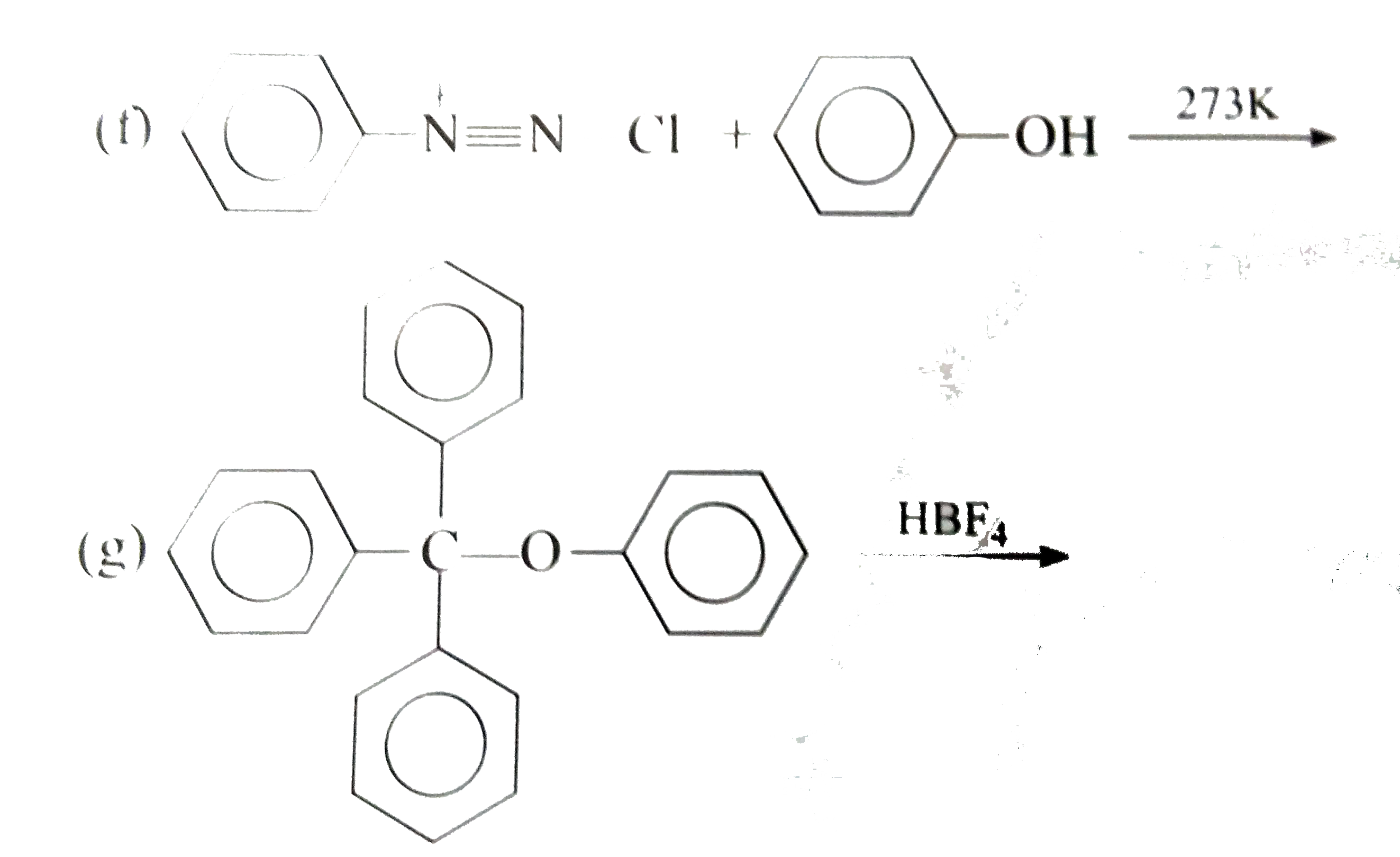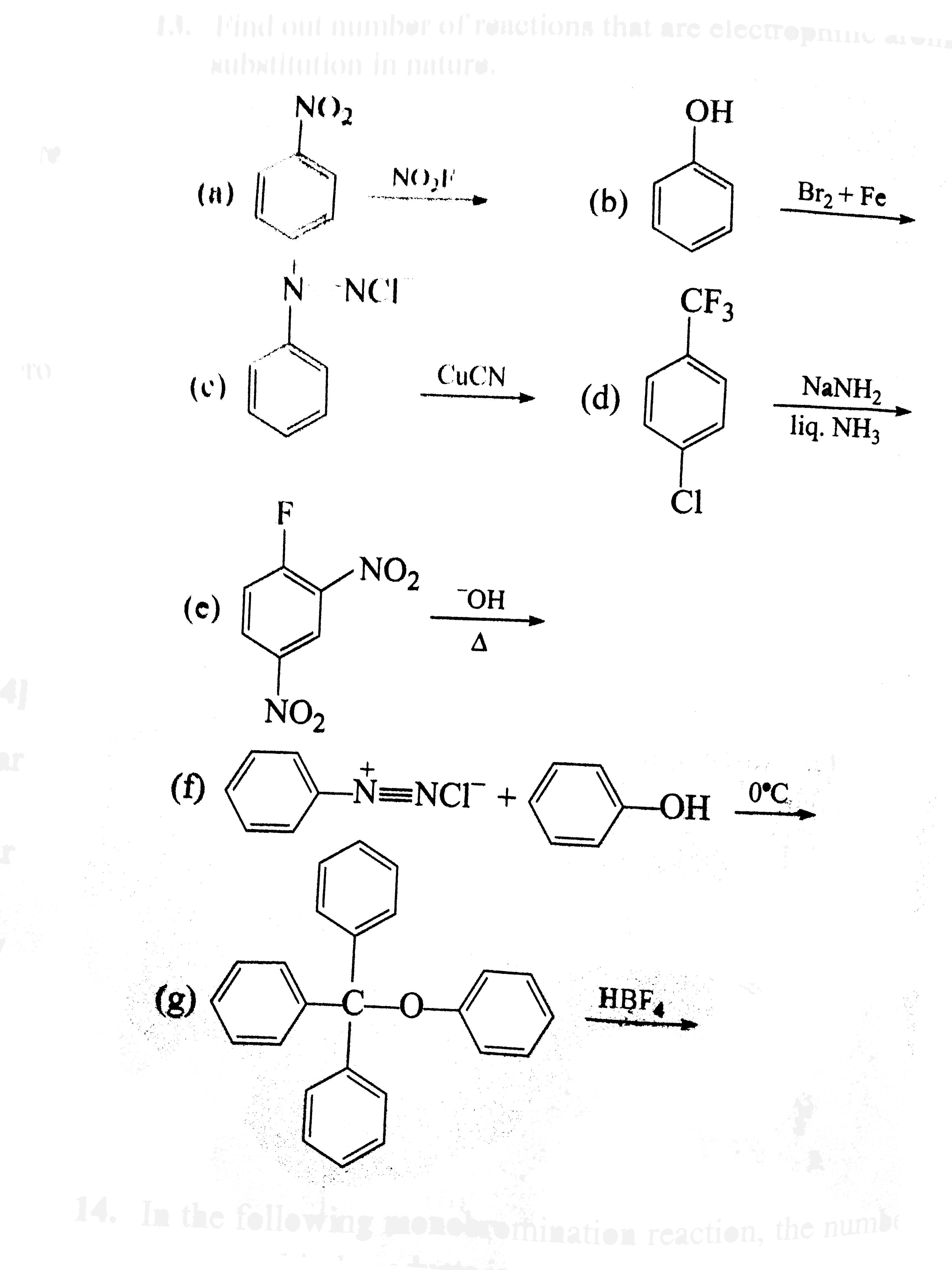Find out number of reaction which involve electron deficient nitrogen during reaction mechanism.
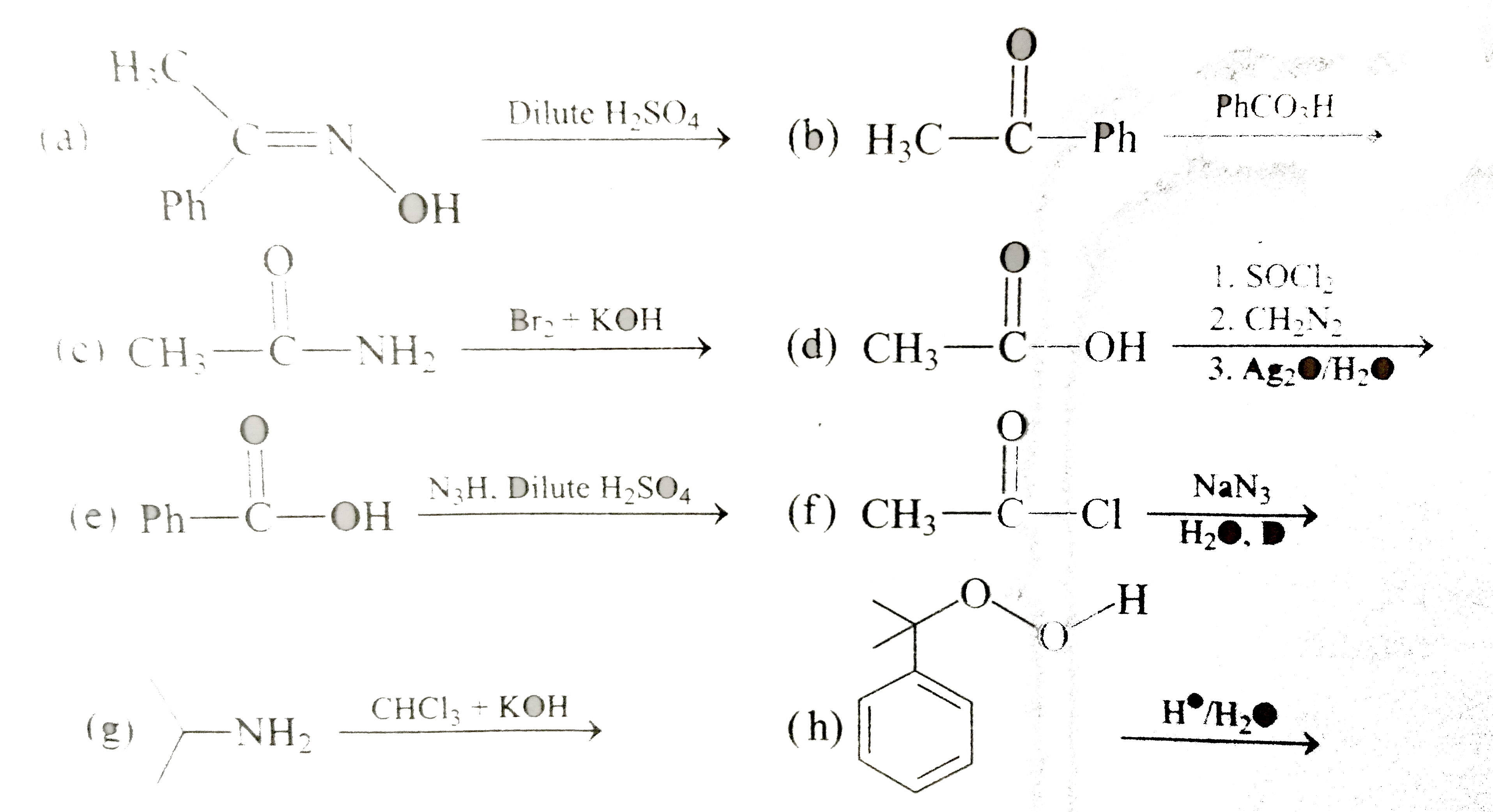
The correct Answer is:4
Step by step video, text & image solution for Find out number of reaction which involve electron deficient nitrogen during reaction mechanism. by Chemistry experts to help you in doubts & scoring excellent marks in Class 12 exams.
Topper's Solved these Questions
- BOOK - HIMANSHU PANDEYCHAPTER - AMINESEXERCISE - Subjective Type Problems5videos
AMINES
- BOOK - HIMANSHU PANDEYCHAPTER - AMINESEXERCISE - Match The Column9videos
AMINES
- BOOK - HIMANSHU PANDEYCHAPTER - ALCOHOLS AND ETHERSEXERCISE - Subjective Type Problems10videos
ALCOHOLS AND ETHERS
- BOOK - HIMANSHU PANDEYCHAPTER - AROMATIC HYDROCARBONSEXERCISE - Subjective Type Problems9videos
AROMATIC HYDROCARBONS
Similar Questions
Knowledge Check
- Question 1 - Select One
Which of the following events does not occur during SN2 reaction mechanism?
ABack side attack of nucleophileBFormation of carbonium ionCOne step continuous processD100% inversion of configuration - Question 2 - Select One
Which type of reaction (s) is/are involved in the Cannizaro reaction ?
AReductionBOxidationCBoth (a) and (b)DNone of these
Find out number of reaction that are electrophilic aromatic substitution in nature .
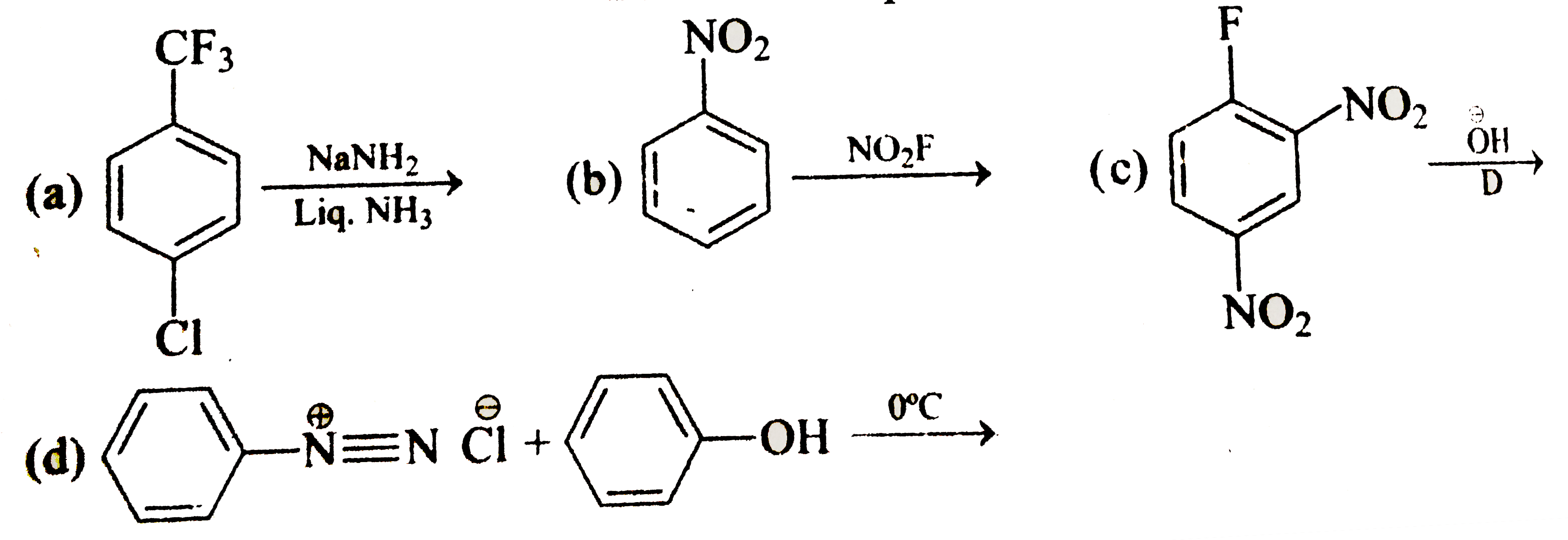
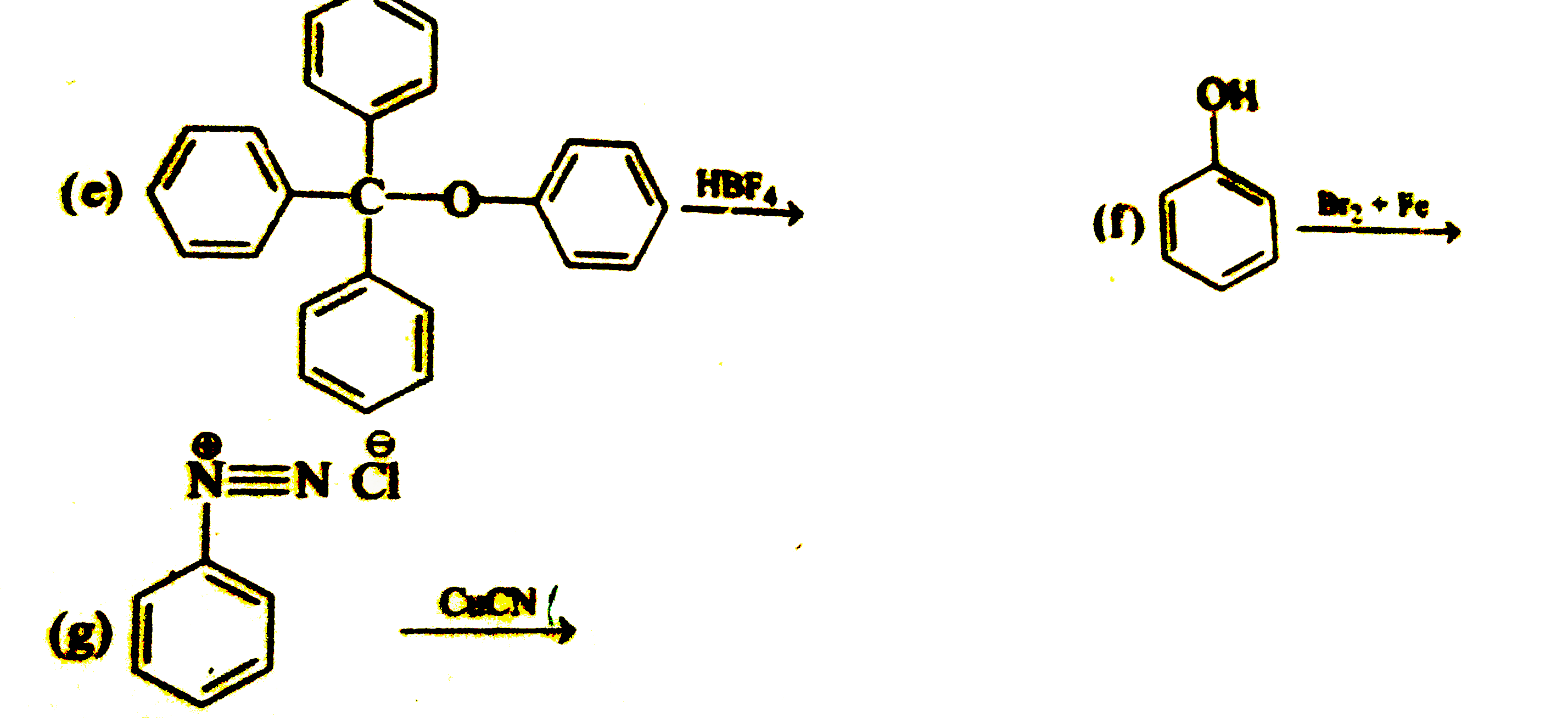 View Solution
View SolutionBalancing redox reaction by ion-electron method
Chemical reactions which involve oxidation and reduction (redox reactions) can also be balanced by using the ion-electron method or half-equation method. This method of balancing redox reactions is based upon the principle that electrons lost during oxidation halfreaction of any redox reaction are equal to the electrons gained during reduction half-reaction.
Balance the redox reaction ion-electron method:
Cl2+OH−→Cl−+ClO−3 (basic medium)View SolutionBalancing redox reaction by ion-electron method
Chemical reactions which involve oxidation and reduction (redox reactions) can also be balanced by using the ion-electron method or half-equation method. This method of balancing redox reactions is based upon the principle that electrons lost during oxidation halfreaction of any redox reaction are equal to the electrons gained during reduction half-reaction.
Balance the redox reaction ion-electron method:
Zn+NO−3→Zn2++NH+3 (acidic medium)View SolutionBalancing redox reaction by ion-electron method
Chemical reactions which involve oxidation and reduction (redox reactions) can also be balanced by using the ion-electron method or half-equation method. This method of balancing redox reactions is based upon the principle that electrons lost during oxidation halfreaction of any redox reaction are equal to the electrons gained during reduction half-reaction.
Balance the redox reaction ion-electron method:
Br2+H2O2→BrO−3+H2O (acidic medium)View SolutionBalancing redox reaction by ion-electron method
Chemical reactions which involve oxidation and reduction (redox reactions) can also be balanced by using the ion-electron method or half-equation method. This method of balancing redox reactions is based upon the principle that electrons lost during oxidation halfreaction of any redox reaction are equal to the electrons gained during reduction half-reaction.
Balance the redox reaction ion-electron method:
MnO−4+H2O2→MnO2+O2 (basic medium)View SolutionBalancing redox reaction by ion-electron method
Chemical reactions which involve oxidation and reduction (redox reactions) can also be balanced by using the ion-electron method or half-equation method. This method of balancing redox reactions is based upon the principle that electrons lost during oxidation halfreaction of any redox reaction are equal to the electrons gained during reduction half-reaction.
Balance the redox reaction ion-electron method:
SO2+Cr2O2−7→SO2−4+Cr3+ (acidic medium)View Solution



